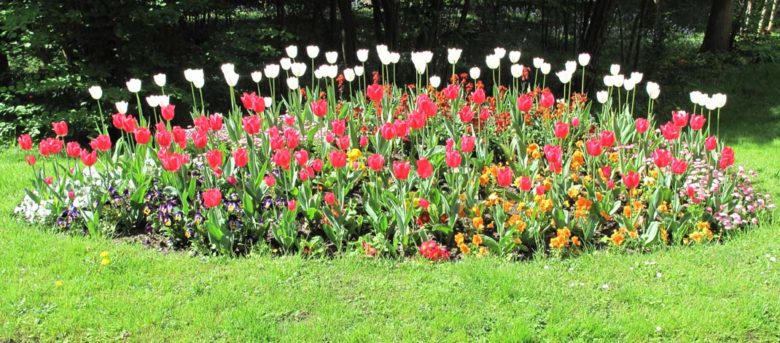
There was good news for Roscommon town this morning as it has been ranked 9th cleanest town in Ireland in the first round of results for the 2016 Irish Business Against Litter “Anti-Litter League” Survey.
Roscommon town has also been classified as cleaner than the European norm; a title also give to 11 of the other 40 towns and cities surveyed. The placing signifies a consistent improvement over the past few years and serves as another sign of endorsement for the local tidy towns and community groups. Although Roscommon town is currently ranked a place below last year’s 8th place finish it is worth noting that more city area are included in this years ranking. Incidentally, last year’s winner Longford town sits in 13th spot and is classified as Clean to European Norms.
As part of the IBAL Anti-Litter League, An Taisce monitors towns independently and in accordance with
international grading standards.
The An Taisce report on Roscommon town stated:
“Roscommon has again scored very well in the League, with eight out of the ten sites surveyed getting the top litter grade – some of the particularly good sites included Loughnaneane Park, N60 Castlebar Approach Road and St. Ciaran’s Park. The installation of gates at either end of the Pedestrian Access to Loughnaneane Park appears to solved the issue of alcohol related litter which had plagued this site for a number of years. The only seriously littered site surveyed in Roscommon was Recycle Facility in Car Park.”
IBAL’s inclusion of more city areas in its rankings is a recognition of the fact that litter is now largely restricted to neglected pockets of our cities.
”These survey findings bear out our contention that while our city centres are generally well maintained, disadvantaged areas continue to be the source of much of the litter in our country,” says Conor Horgan of IBAL.
According to IBAL, litter is a symptom of social neglect, and councils need to look at a community-wide response targeting those areas where the problem is at its worst. “Work at keeping these areas clean for six to twelve months and they are likely to stay clean, and the community can have pride in their neighbourhood,“ says Horgan. “That does cost money initially, but the payback will be significant.”
“This underlines the need to ensure that in our new house-building programme we don’t replicate the mistakes of the past and ensure the 50,000 new homes planned by 2021 are built as communities, with mixed incomes, proper infrastructure and most of all are places that people have pride in – good for communities and good for business.”
Findings
While litter is subsiding, evidence suggests dumping is rising. The business group concurs with the principle behind the mandatory pay-by-weight collection system, due for introduction next year, but fears that it will inevitably lead to more dumping. “We would be especially concerned that the experience of this summer will set the public against the charges when they come in next year. This can only be harmful to our environment.”
The survey showed sweet papers as once again the most common form of litter on our streets, followed by fast food wrappers, cigarette butts and chewing gum. There was a rise in the prevalence of cans and plastic bottles.
